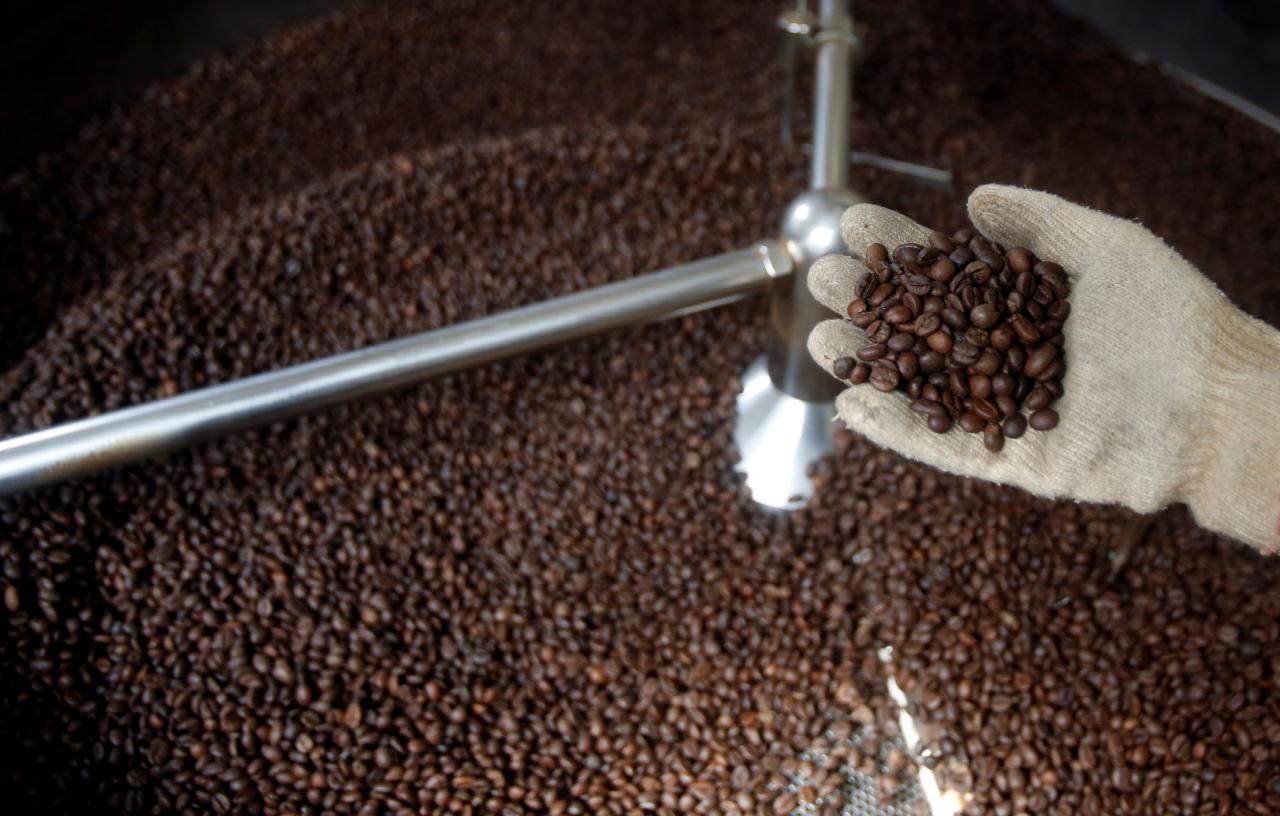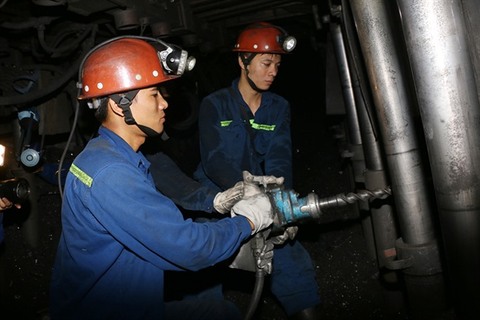Auto sales rise slightly despite slack demand
Auto sales rise slightly despite slack demand
The nation saw over 280,000 autos sold last year, a 5.8% year-on-year increase, according to statistics from the Vietnam Automobile Manufacturers Association (VAMA). The figure was seen as significant, as auto imports nearly ground to a halt in the first half of 2018 due to obstacles created by new car importing policy.
During last year, more than 190,000 passenger cars were sold, up 27% year-on-year, while sales of commercial and specialized vehicles plummeted. The number of commercial autos dropped by 19% to nearly 85,000 units, while some 7,000 specialized vehicles were sold, down nearly 50%.
Sales of locally-assembled cars rose by 10% to over 200,000 units, while over 70,000 imported cars were sold, down 6% compared with 2017.
According to VAMA, more than 34,000 cars found buyers in December last year, up 10% month-on-month and some 20% year-on-year. The figure included nearly 24,000 passenger cars, 9,000 commercial cars and 505 specialized vehicles. Notably, both domestically-assembled and imported autos during last month picked up over 10% against November.
Analysts forecast that the local auto market will maintain its growing momentum, which is encouraged by many favorable conditions, such as rising gross domestic product per capita index, the young population, and rising demand for travel throughout the country.
They added that auto sales this year will likely exceed 300,000 vehicles, if there are no hindrances.
A report conducted by the Institute for Industry Policy and Strategy of Vietnam (IPSI) showed that Vietnam is considered one of the three largest potential markets in the Southeast Asian region, in terms of auto sales, in addition to Indonesia and the Philippines.
Over the past four years, the local auto market has witnessed an upward spiral of sales and is going to enter the motorization period when the domestic demand for cars is on the rise.
Further, the local auto market is expected to boast robust growth in the coming period, favored by the golden population era, which is forecast to last until 2030, with an increasing middle-class and rising per capita income. Also, many traffic infrastructure projects are under construction and, once completed, will make traveling by car more convenient, according to IPSI.

























